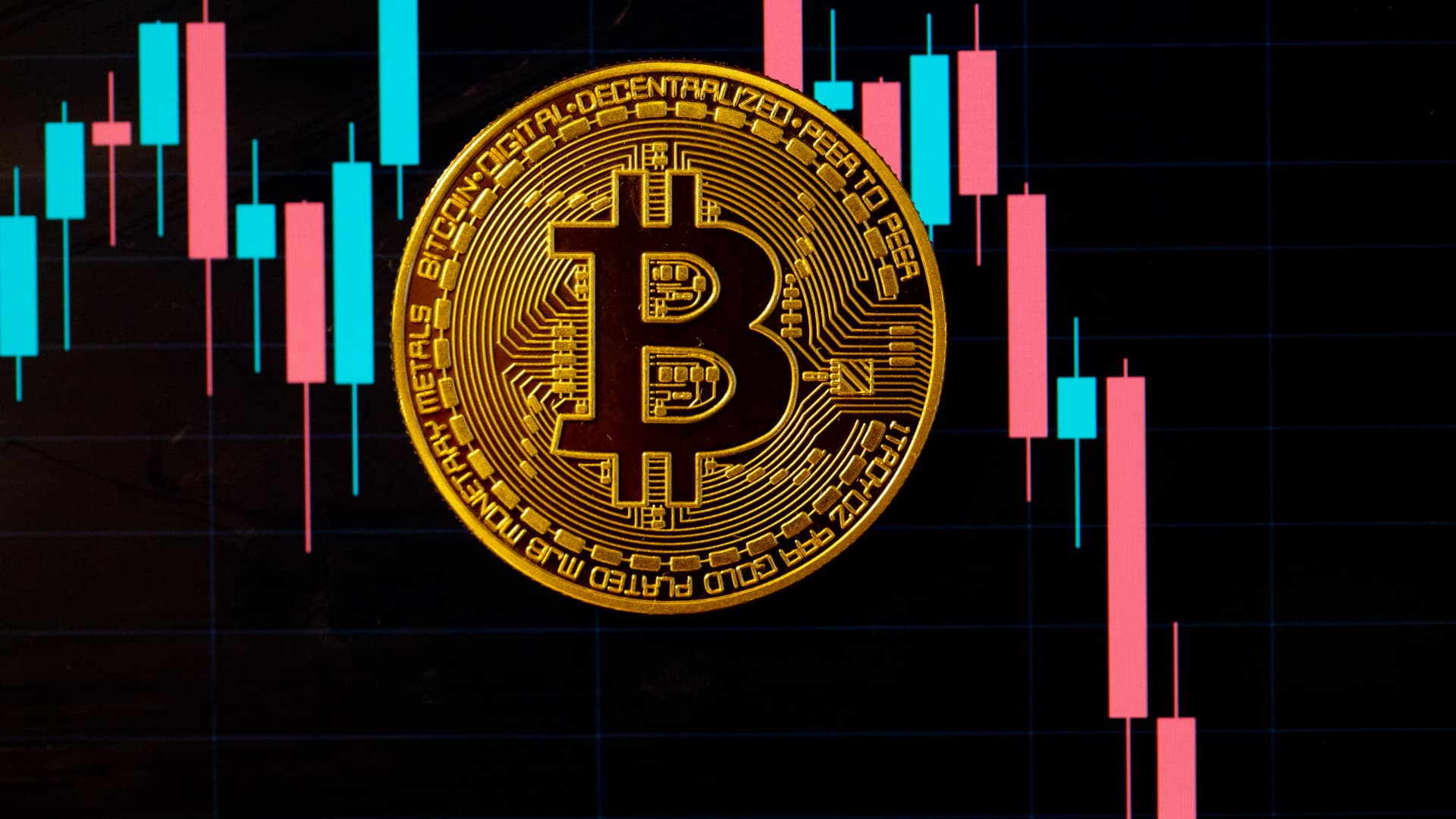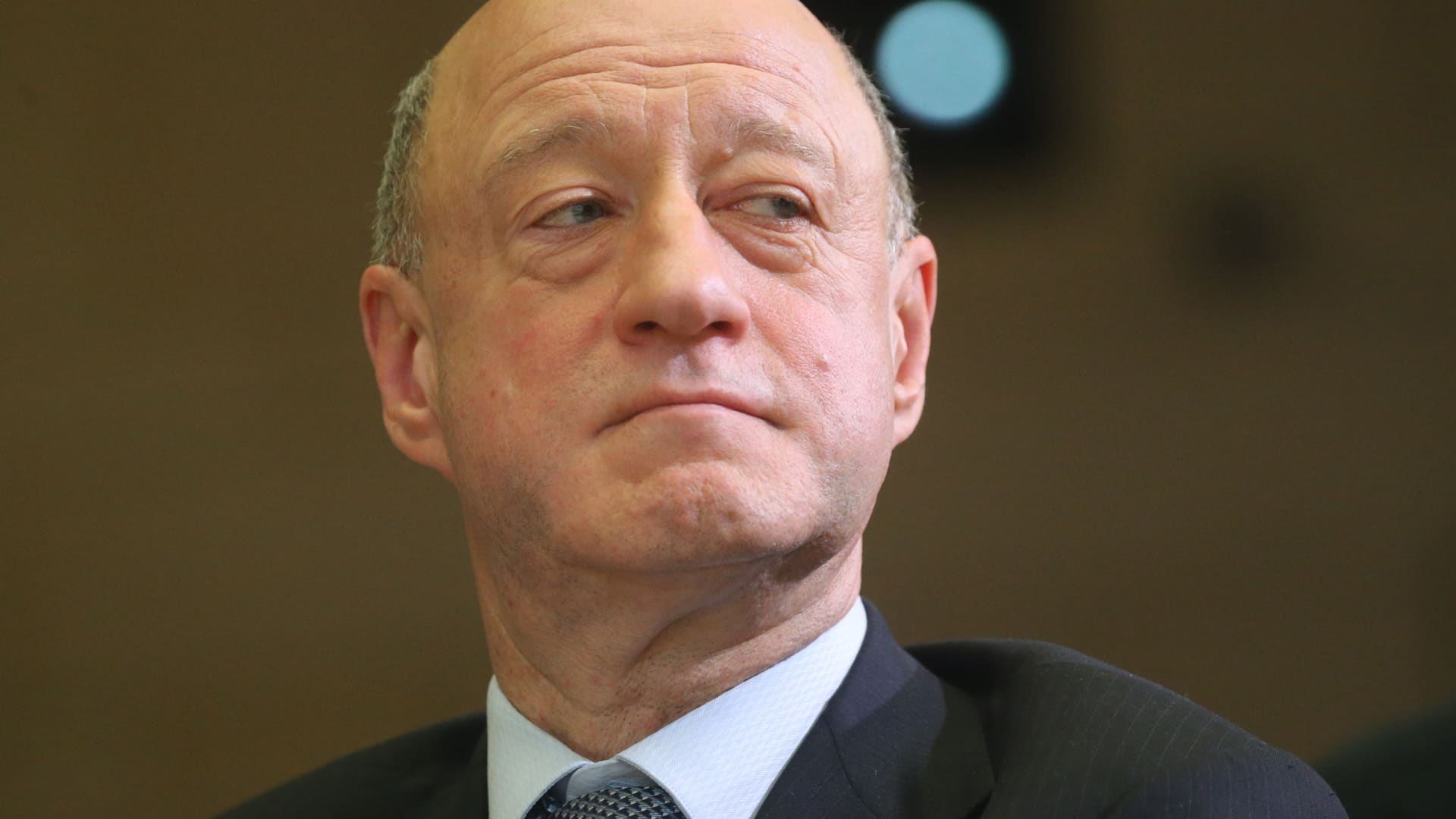Bank of Japan policymakers are meeting next week. Here's what you need to know
While BOJ has a penchant for surprise, it's cautious about unwinding its super easy monetary policy, wary that premature moves would jeopardize nascent improvements.
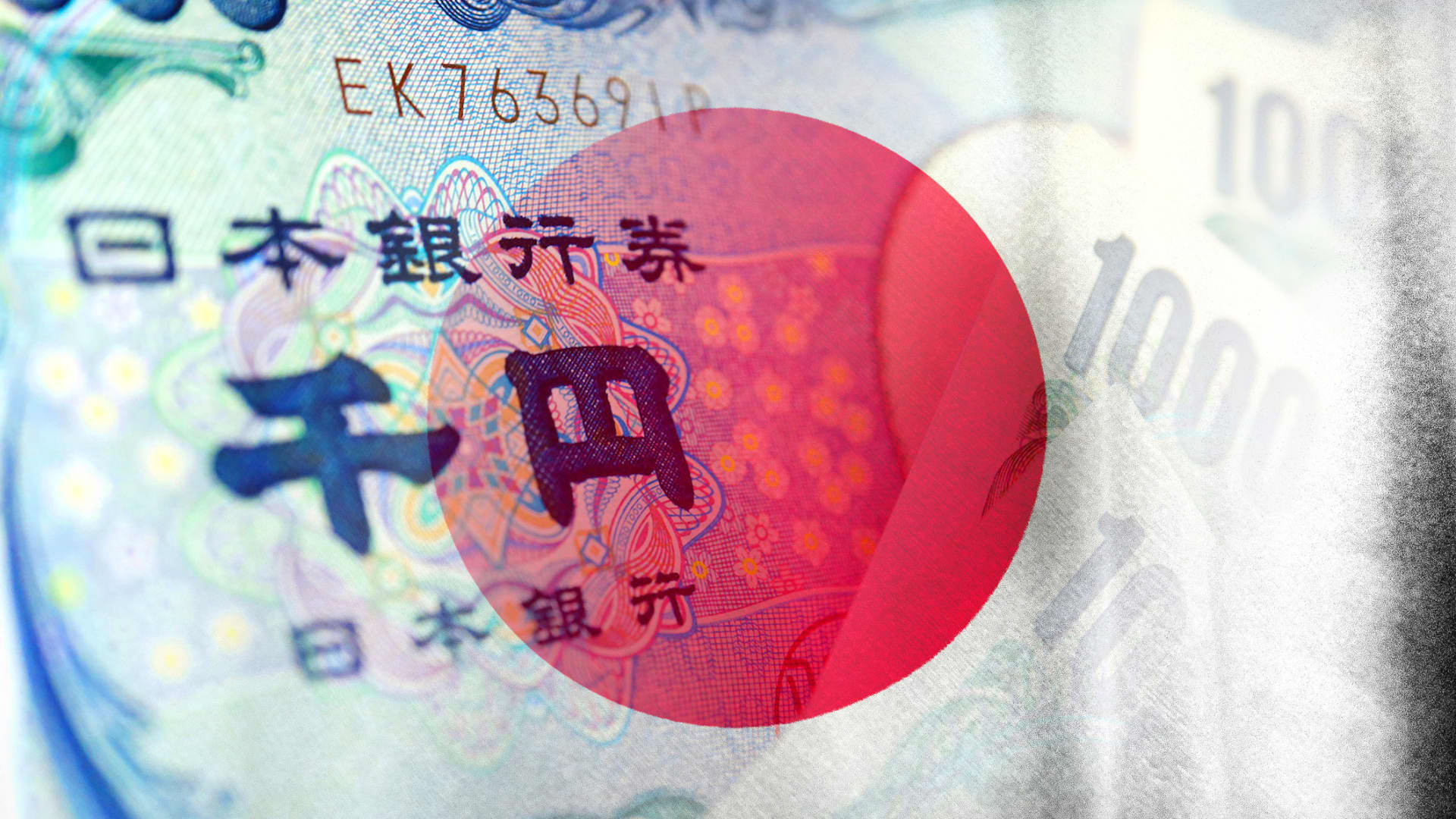
The Japan flag is juxtaposed against a Japanese yen bank note.
Javier Ghersi | Moment | Getty Images
Bank of Japan policymakers will gather in Tokyo next week for their penultimate meeting this year.
Market observers expect them to raise their inflation projections, while others think further modest adjustments to its yield curve control policy might be in order.
The Japanese central bank though, has a penchant for surprise — even if it's notoriously cautious in unwinding its long-held ultra-loose monetary policy, wary that any premature move would jeopardize recent nascent improvements.
After all, the BOJ's most recent tweaks in the last 12 months — which saw the central bank loosen control of 10-year Japanese government bond yields in December and again in July — surprised investors and rocked markets.
Investors have since been looking for clues on the BOJ's next step toward rate normalization.
Policymakers meet eight times a year to decide on the bank's monetary policy position, updating its economic outlook at every other meeting.
At these meetings, the BOJ policymakers decides on its monetary policy position, which then dictates how the central bank taps the money market.
This involves, among other things, supplying funds to financial institutions by extending collateral-backed loans to them. To absorb funds, the Japanese central bank issues and sells bills.
The BOJ's monetary policy is complex and multi-faceted due to the various quantitative easing tools it has used to reflate the world's third-largest economy in the last three decades.
Its super-easy posture also sets it apart as an outlier at a time when other major central banks have raised rates to combat the scourge of stubbornly high inflation. This policy divergence has partly accounted for various pressures on the Japanese yen and government bonds.
Here's how the Bank of Japan conducts its monetary policy.
Price stability mandate
The Bank of Japan only has a single mandate — to keep prices stable. Most major central banks have a dual mandate, which includes optimal employment.
The BOJ has a stated target of achieving about 2% inflation.
However, it has "patiently continued" with its super accommodative monetary policy despite core inflation — defined by the BOJ as inflation that excludes food prices — exceeding its stated 2% target for 18 consecutive months.
The so-called "core core inflation" — what most economists understand to be inflation minus food and energy prices — has exceeded its 2% target for 12 straight months now.
The latest inflation data for September though, showed inflation rates starting to decline as energy prices fall — a possibility the BOJ has been flagging, notably in its last forecast revision in July.
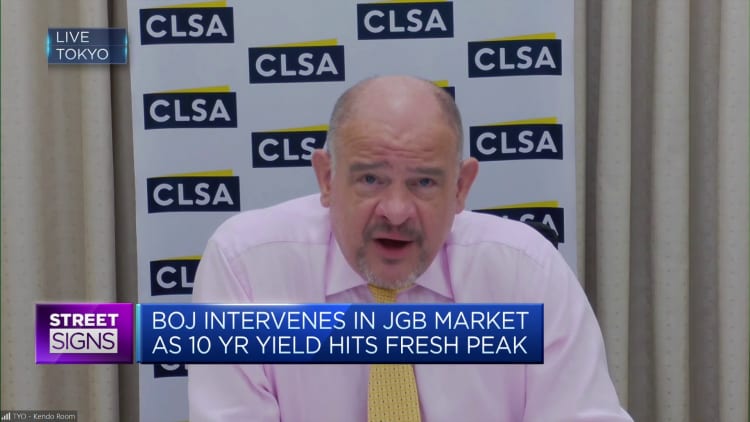
Core CPI slowed to 2.8% in September from 3.1% in August, dipping below the 3% threshold for the first time in over a year. Meanwhile, "core core inflation" slowed to 4.2% in September from 4.3% in August.
For the BOJ, the preference is for inflation to be driven by domestic demand, which is more sustainable and stable. The bank believes wage increments would translate to a more meaningful spiral, encouraging consumers to spend.
Japan's umbrella labor union, Rengo, said Oct. 19 that it would demand wage hikes of at least 5% at next year's spring wage negotiations, referred to locally as "shunto." The union managed to secure the biggest raise in three decades at this year's talks in March.
Negative rates
In its bid to reflate the economy, the Bank of Japan first started adopting negative interest rates in February 2016, applying a rate of negative 0.1% to excess reserves that financial institutions place with the central bank. This effectively means the BOJ is charging commercial banks for deposits.
While central banks generally cut interest rates to stimulate growth and raise the cost of borrowing to limit growth, embracing negative rates is seen as an extreme and unconventional practice.
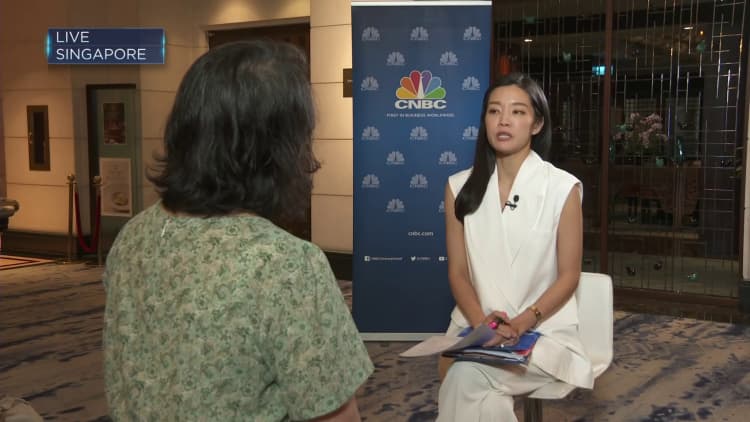
The BOJ appears to be content with sticking to its negative rates for the foreseeable future, though some economists raised doubts about whether the bank would be hampered by its largest balance sheet in future.
As rates rise, the BOJ would have to pay more interest on its large balance sheet after its mammoth bond-buying campaign, which may create additional fiscal strains.
The latest numbers suggest the Bank of Japan's balance sheet is about equal to the size of Japan's gross domestic product of about $4.9 trillion.
"The objective of the Bank's monetary policy is achieving price stability, which is its mission as stipulated by law. Considerations of the Bank's finances, etc. do not prevent it from implementing necessary policies," BOJ Governor Kazuo Ueda said at the last meeting of the Japan Society of Monetary Economics.
"A central bank's ability to conduct monetary policy is not impaired by a temporary decrease in its profits and capital, provided that it conducts appropriate monetary policy."
Yield curve control
Another key element of the BOJ's unconventional monetary policy is its yield curve control — popularly known as the YCC.
Introduced in September 2016, the YCC is a policy tool where the Japanese central bank targets a longer term interest rate in the form of government bonds with specific tenures, and then buys and sells bonds as necessary to achieve that target.
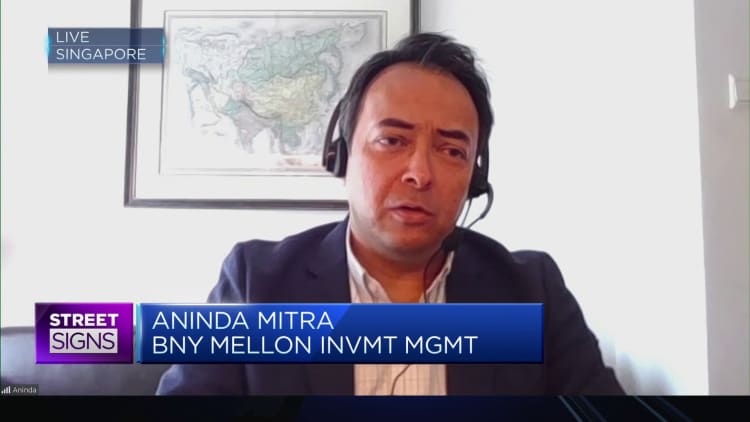
In July, the BOJ effectively broadened the yields permissible on the 10-year JGB by 50 basis points to 1% either side. However, the bank indicated it will commit to allowing yields to fluctuate in the range of around plus and minus 0.5 percentage points from its 0% target level that was instituted last December.
The limits imposed on JGB yields have been criticized for distorting the market, reducing bond trading interest, and crimping Japanese bank profits.
Market watchers expect the BOJ to either further broaden the fluctuation limits for the 10-year JGB yields — given that yields are now nearing 0.9%, its highest in about a decade; or to abolish the YCC completely.
Recent moves to loosen control over JGB yields have revived interest in the asset class, but it also sparked fears that Japanese investors may start to unwind investments overseas if yields are more competitive in their home markets. This could potentially be seismic for global financial markets.
"I worry as the yield curve normalizes and rates go up, you could see a decade — or longer — of repatriation," Bob Michele, global head of fixed income at JP Morgan Asset Management told CNBC's Squawk Box Europe Sept 21. "This is the one risk I worry about."

 AbJimroe
AbJimroe 










